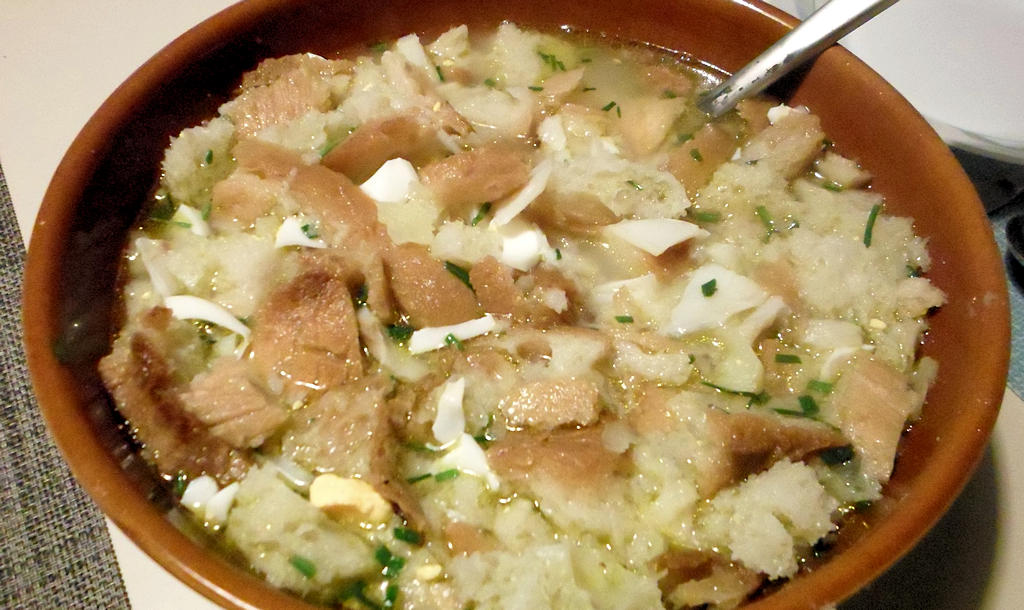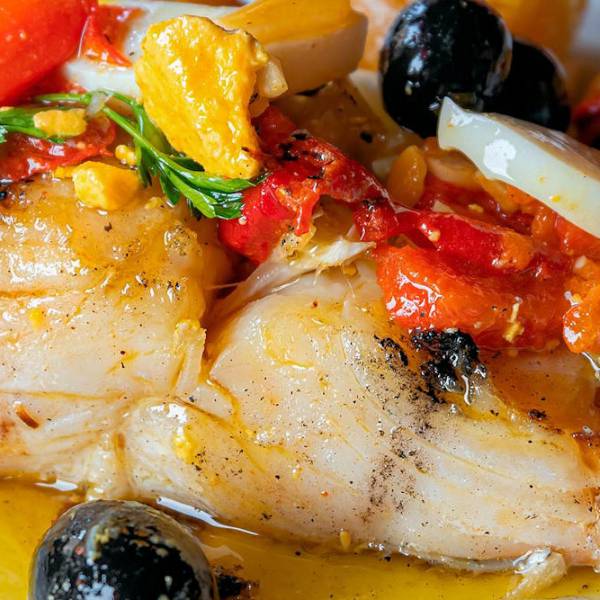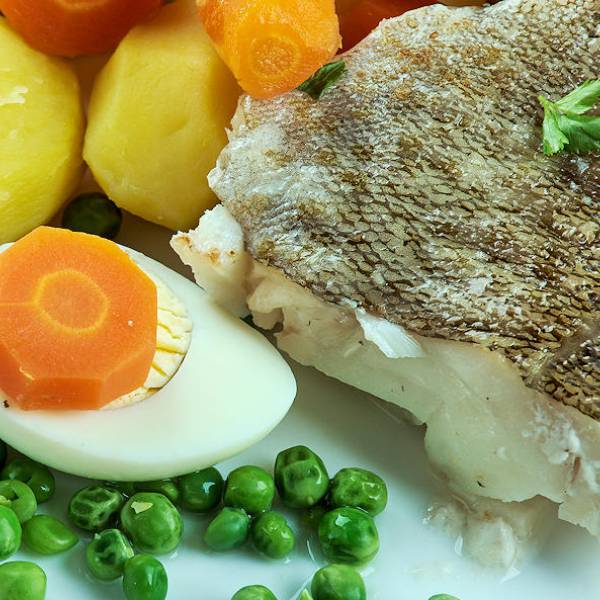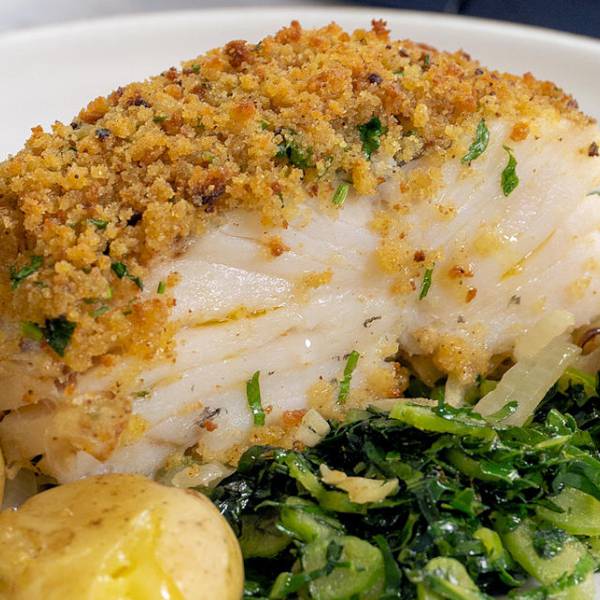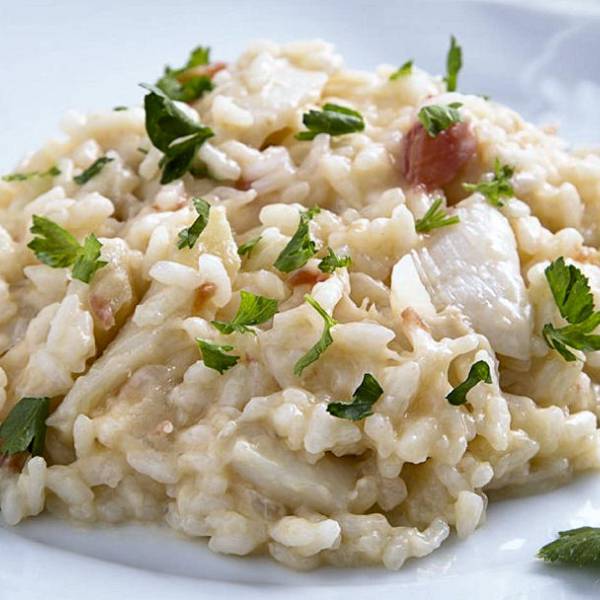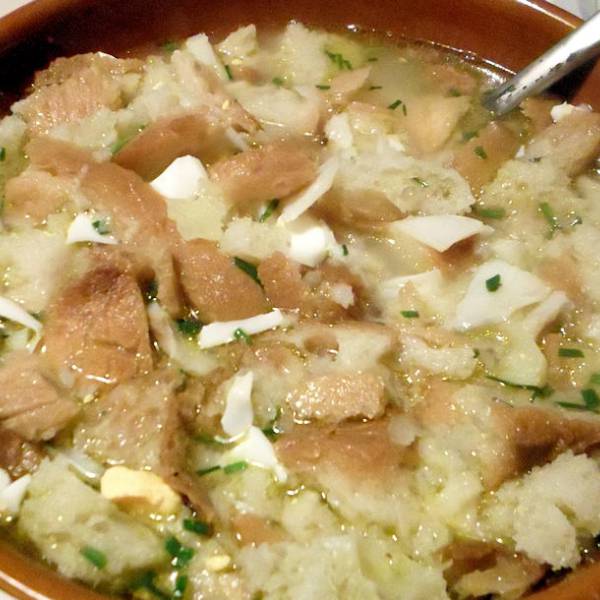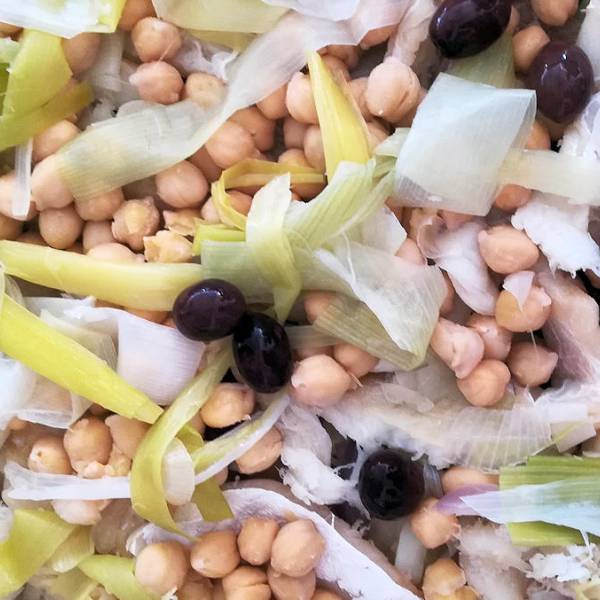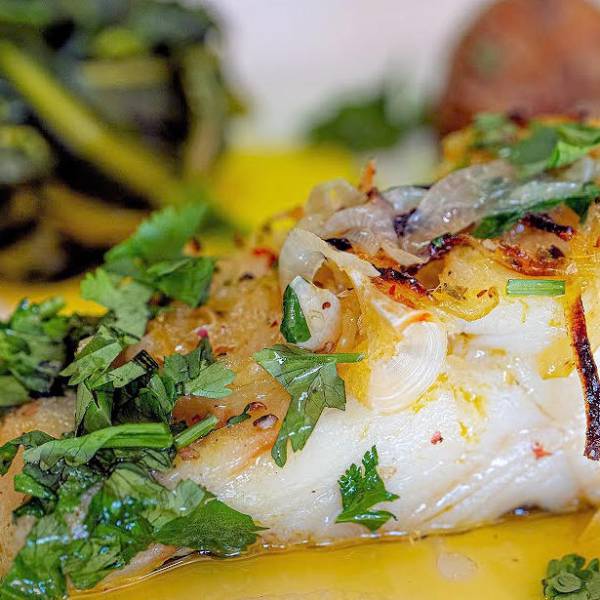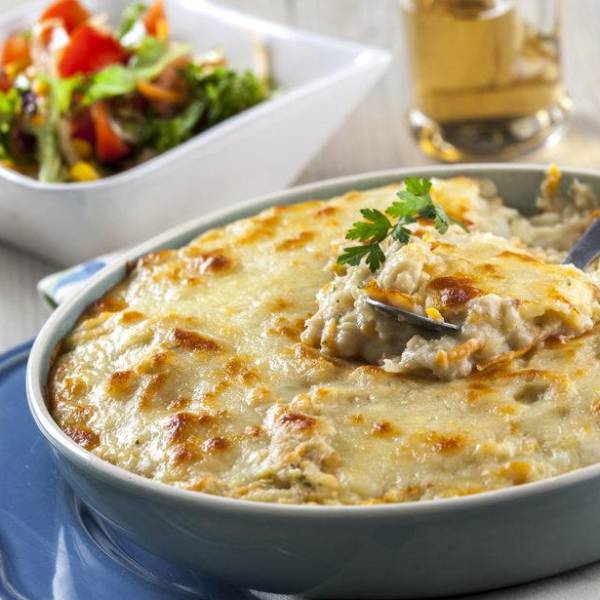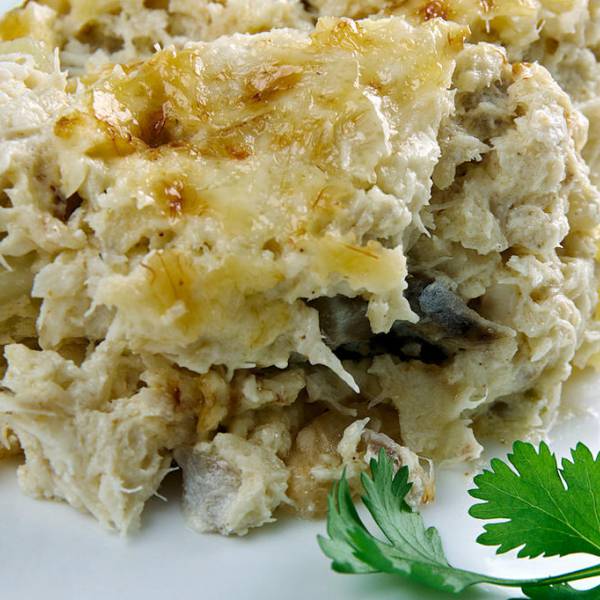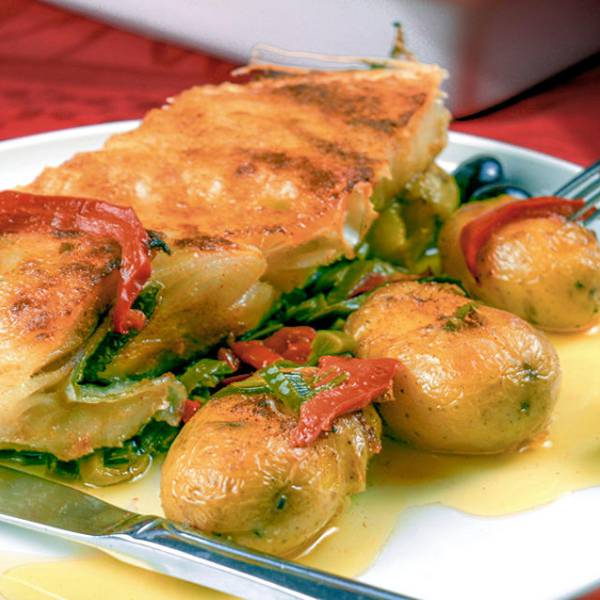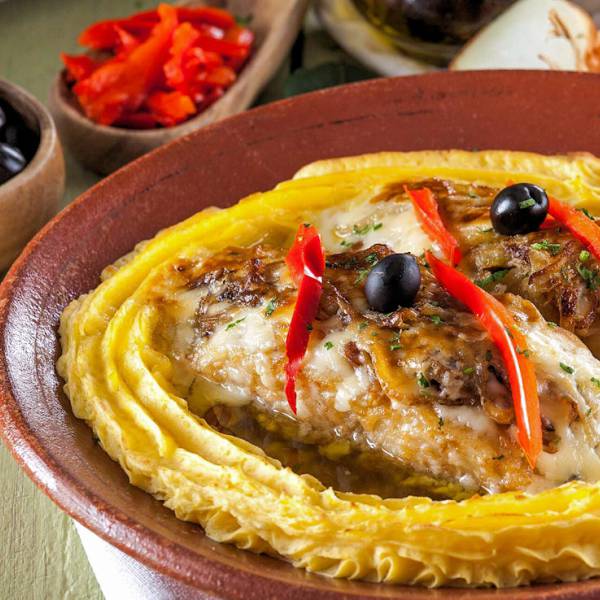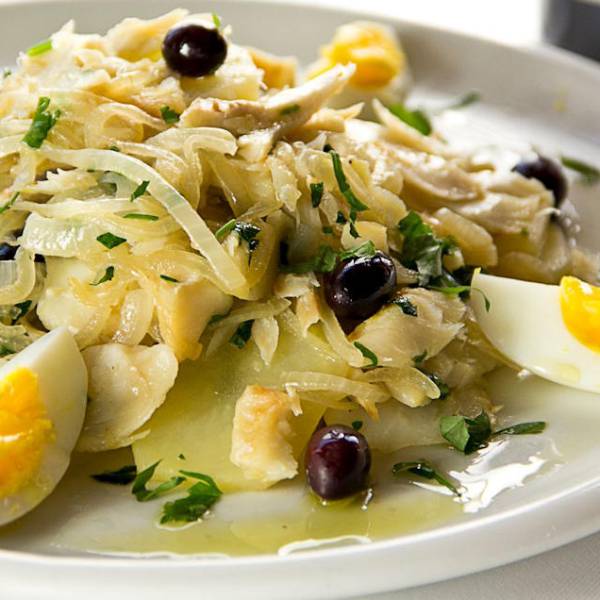At the heart of this beloved dish lies bacalhau, or salt cod - a true cornerstone of Portuguese gastronomy for centuries. Legend has it that there exist over 365 ways to prepare bacalhau, symbolizing a unique recipe for each day of the year. The process of salting and drying fresh cod, transforming it into the treasured bacalhau, originated in ancient times as a means to preserve sustenance during long voyages and periods of scarcity. In the 15th century, Portuguese seafarers took to the Atlantic Ocean, discovering the abundant cod fisheries off the Newfoundland coast. Laden with bountiful catches, they returned to Portugal, sharing this newfound treasure with Europe and Africa. Bacalhau quickly established itself as a staple food for sailors, explorers, colonists, traders, the less fortunate, and even the pious who adhered to meat abstinence on specific days.
Bread, or pão, holds an equally vital position within Portuguese culinary customs and cultural identity. Beyond mere sustenance, bread symbolizes life, hospitality, and nourishment in Portugal - a testament to its deep-rooted significance. This versatile ingredient finds its place in an array of culinary creations, ranging from sandwiches to soups to desserts. In the picturesque region of Alentejo, where wheat fields paint the landscape, bread-making ascends to an art form. Alentejo bread, known for its rustic appeal, dense texture, and crusty exterior, boasts a distinctive sourdough flavor. Composed of elemental ingredients - flour, water, salt, and yeast - it undergoes a wood-fired oven baptism, emerging as a durable loaf that can be savored for days. When it comes to açordas, or bread stews and soups, Alentejo bread takes center stage, providing a harmonious canvas to showcase various embellishments such as cheese, eggs, garlic, herbs, meat, or fish.
Açorda de Bacalhau, among the plethora of açorda variations, emerges as a cherished gem on the Portuguese culinary scene. Uniting the two staples of bacalhau and bread, this humble dish harmoniously blends the flavors of the sea and the land, offering a gratifying sensory experience. The preparation of Açorda de Bacalhau embraces a myriad of approaches, with variations influenced by personal preference and regional traditions. Some recipes advocate for leaving the bacalhau intact or in substantial pieces, while others favor mashing it with bread to create a luscious, velvety stew. The choice of moistening the bread varies as well - some employ chicken broth or water, while others utilize the water from cooking the bacalhau or tangy tomatoes for added color and acidity. Fresh herbs lend their aromatic flair, with cilantro and parsley making frequent appearances, though mint or pennyroyal may also grace the dish to create a tantalizing olfactory experience. Poached eggs often crown the stew, imparting a touch of elegance, although some recipes opt to incorporate egg yolks directly into the stew for added richness and smoothness.
Açorda de Bacalhau transcends the boundaries of seasonal limitations, captivating palates with its comforting allure throughout the year. However, it undeniably flourishes during colder months and takes center stage during festive occasions. As one indulges in this culinary masterpiece, a sense of comfort, warmth, and tradition envelops the senses, transporting diners to a realm where heritage and flavors intertwine harmoniously. Açorda de Bacalhau stands not merely as a bread stew with salt cod but as a gastronomic testimony, reflecting the multifaceted history, cultural diversity, and culinary brilliance of Portugal. With every spoonful, the captivating narrative of this dish unfolds, revealing a story as profound and captivating as the flavors it beholds.


